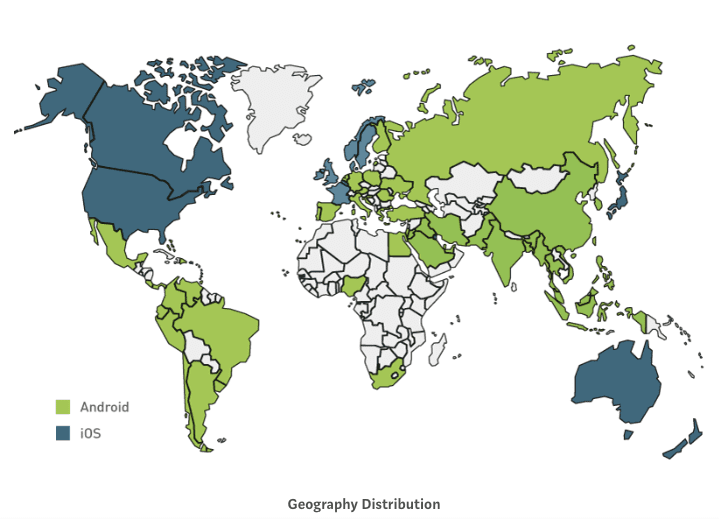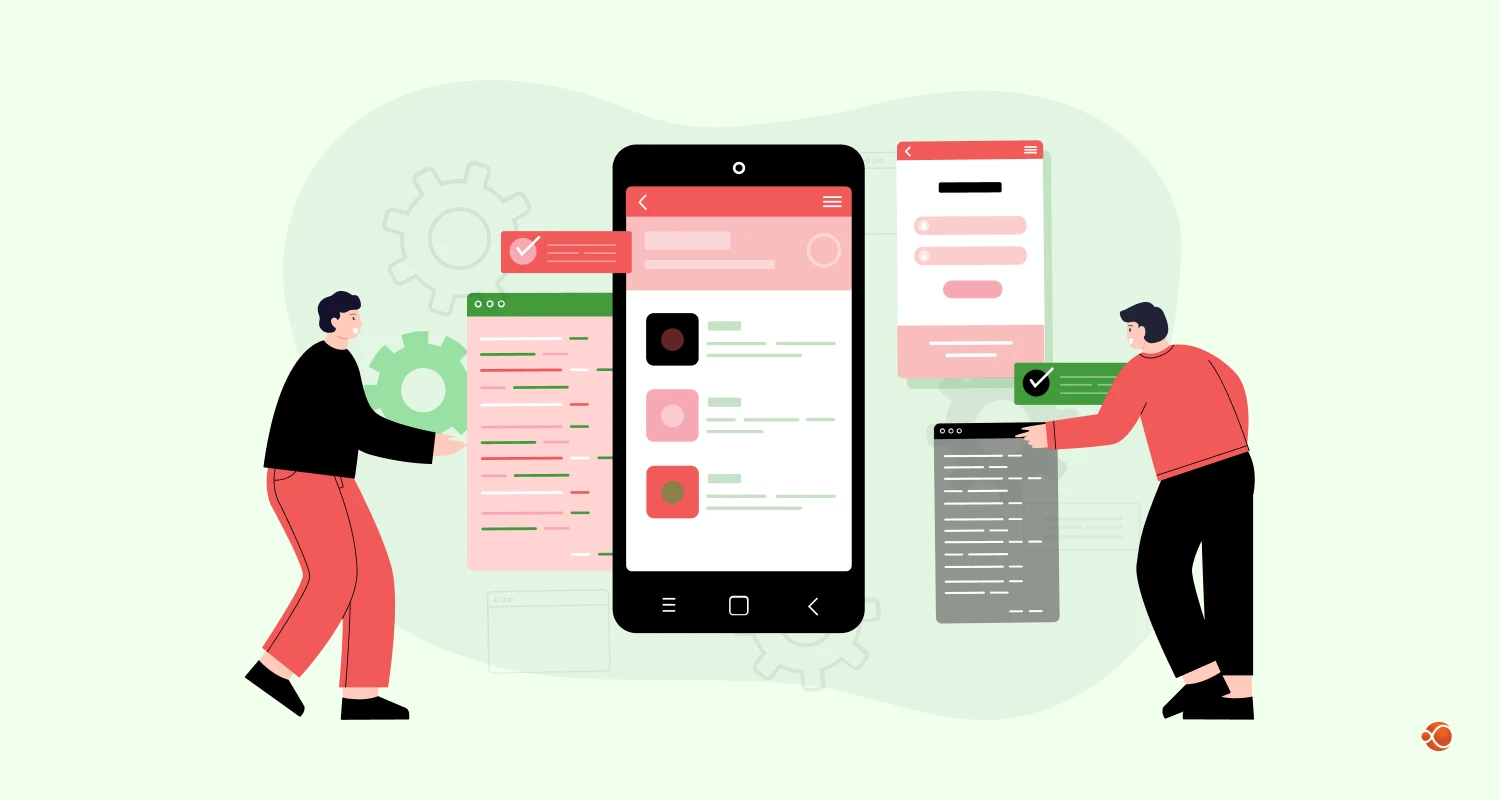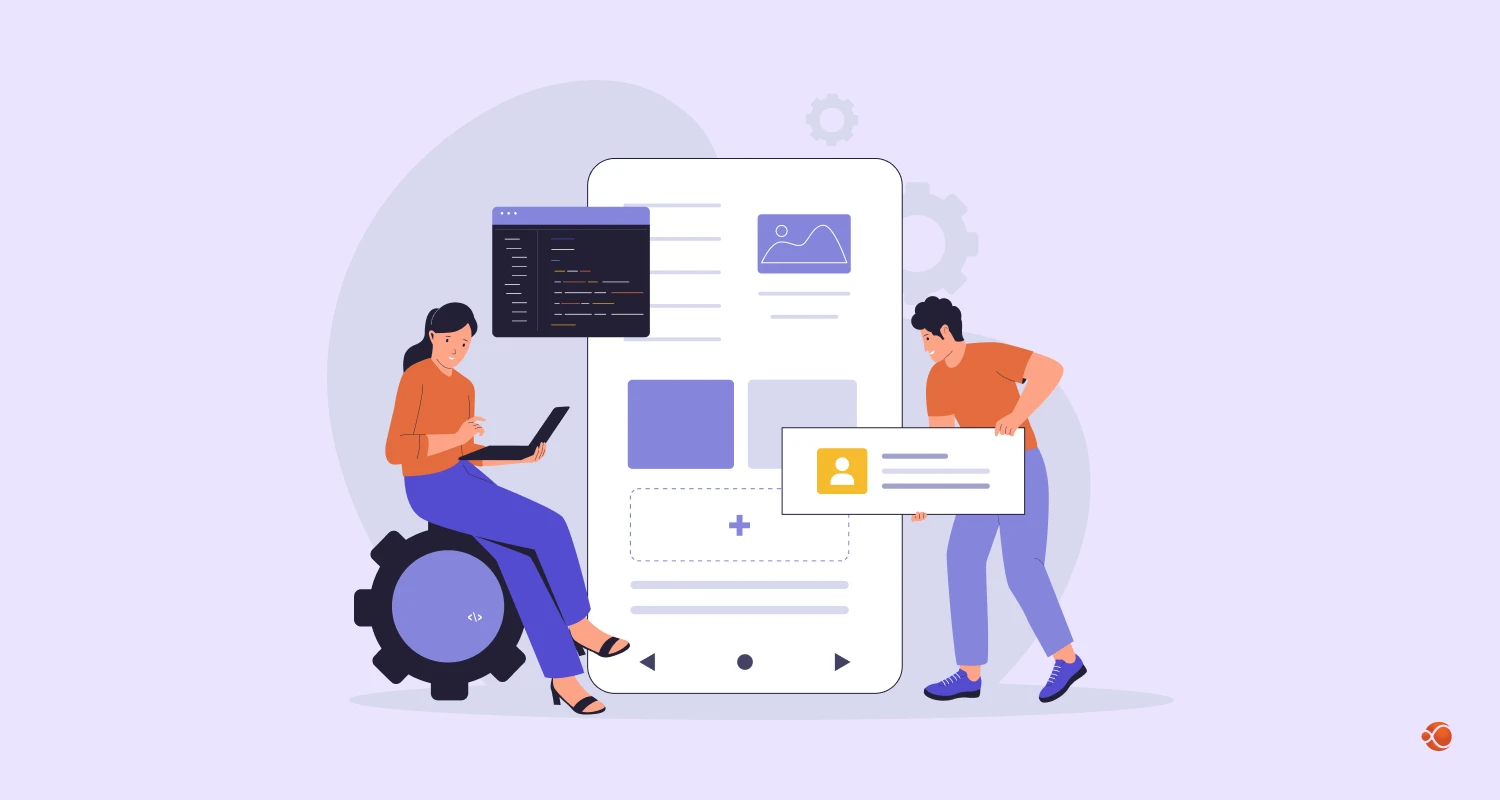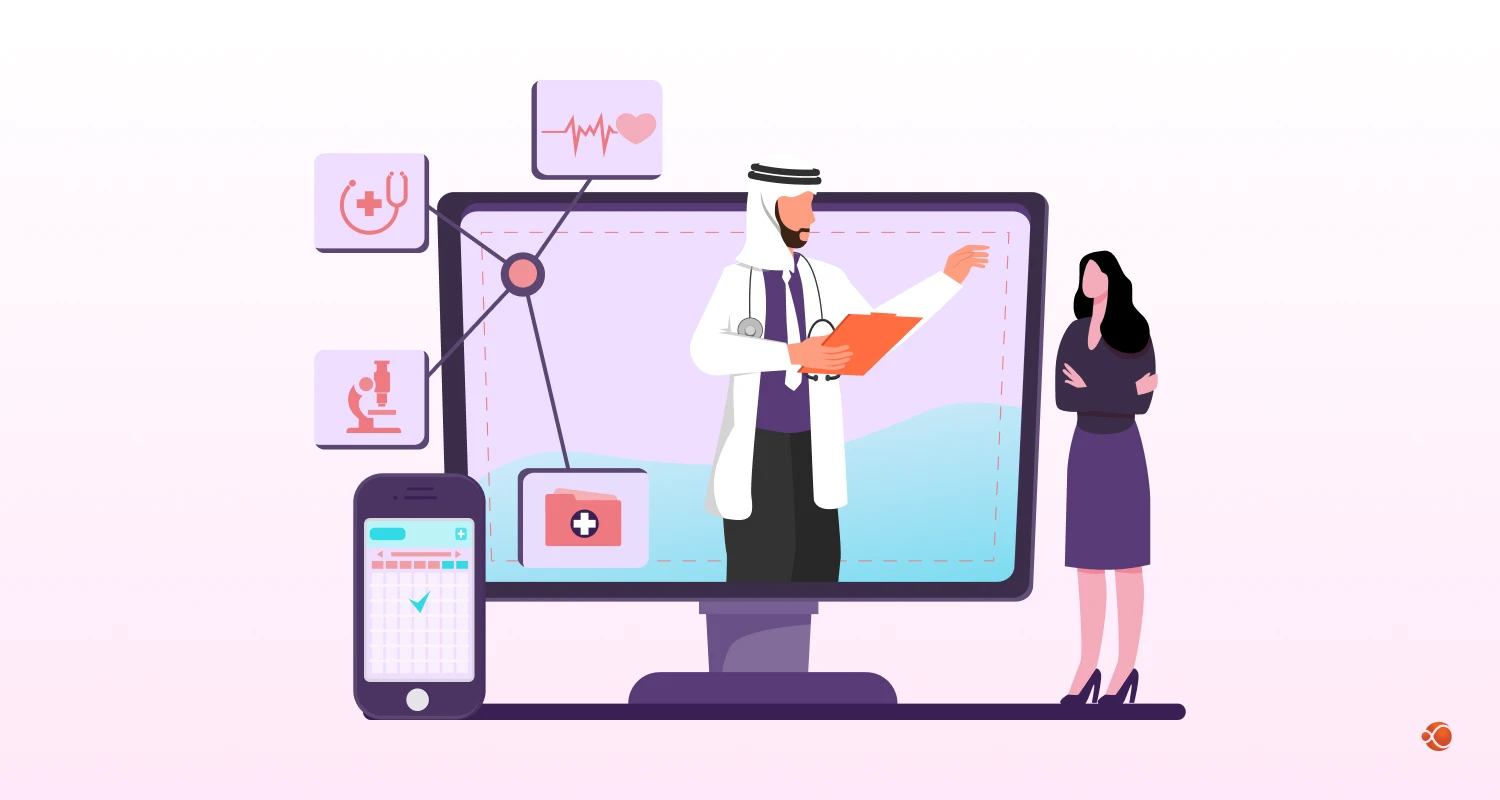In the world of app development, there has never been any dearth of ideas. Too many individuals and businesses have several winning app ideas that can really make success stories in their respective niches and categories. But unfortunately, only a handful of these ideas actually turn into app products. And then, among all the apps that are built and uploaded for users on the app stores, only a handful actually accomplishes success. Naturally, we are curious about how an app idea can be turned into a successful app.
Well, throughout the length of this blog post we are going to explain the key considerations and methods that are essential to shaping an idea to a successful app product.
Define and Prioritize the Core Features of Your App
Let’s take things methodologically and follow the steps sequentially. First, note down what your app is going to do and how it is going to help your users. Now, based upon the function and purpose of your app, make a list of the app features. Instead of sticking to a single explanation of the idea, rather brainstorm the core idea and try to figure out different features and functional elements that can make your app more useful for the audience.
To make the brainstorming more fruitful discussion with your business partners, designers, and peers. Here always remember that before sharing the app idea with any professionals, make sure you made them sign the Non-Disclosure Agreement (NDA). Lastly, always focus on offering unique features that make your app more enjoyable for use.
Identify Your Target Audience and Their Needs
As the obvious next step, you need to take cognizance of the audience who are more likely to use your app. Knowing this target audience will help you to figure out the value proposition of your app. No, identifying your audience just by one single parameter like age or location or gender is not enough. For example, if your app is going to target senior citizens, it may not be interesting for everyone within that age category. So, you need to know other specifications of your target audience and the key contexts and reasons to choose your app.
When trying to figure out your target audience, always ask how the app idea is going to help your audience in their day to day living or other contexts. Try to find all the different user contexts and use-scenarios where your app can ideally fit as a helping tool. Remember, without specific user cases, no product just becomes useful.
Select the Best Mobile Platform for Your App (iOS vs Android)

For every mobile app development project, it is imperative to choose a specific OS platform. You can either choose to launch your app on both iOS and Android or just can decide to launch one version at first while keeping the second one in the pipeline. But deciding on your chosen app platform largely depends on the particular devise users you are targeting. Based upon locations, the majority of your audience can be either iOS or Android users.
There are also other considerations like the development complexity and the ease of development and publishing. As Android as a platform boasts of lesser complexity and restrictions compared to the iOS, a new developer can find Android more lucrative for the first app publication. On the other hand, some monetization methods presumably work better with the iOS platform and this can also make you give priority to the iOS App Store over Android.
So, it’s basically a maze of several considerations and parameters that should make developers choose one OS platform over the other.
Build a Strong App Brand Identity and User Experience (UX/UI)
Finally, like any other product in the market apps also represent specific business brands that appear with a clear identity, look and feel. This brand image starting with the look and feel of the app and extending to the audience perception and reputation is crucial to the success of an app. As the mobile app development company, you don’t have any choice but to give utmost priority to the shaping of the app brand with its look and feel.
The branding and look and feel of the app will largely depend on the target audience of your app. For example, if your app is going to be more useful for business professionals, it should not boast of a funky or childish design with an eye-popping color scheme and similar graphic elements. The look and feel of the app should instantly resonate with your target audience and should make sense of the purpose it is going to serve.
Develop, Test, and Refine Your App for a Smooth Launch
Now when you are satisfied with the app idea and you have decided about the numerous aspects like the features, target audience, mobile OS platform, the branding and look and feel of the app, it is time to build the app and subject it to rigorous testing. Now, you need to shape the entire idea along with its features and UX elements through the development and test the output to ensure optimum performance.
When hiring app developers, make sure they are versed in agile development methodology. With the Agile development process, you can ensure faster development while maintaining optimum development standards through “test frequently and test often” approach. The agile development process will also provide a better scope of iteration while the product is undergoing development.
In this respect, Minimum Viable Product (MVP) is also a very effective development approach that helps small budget projects to build their apps faster while allowing them to make value additions and achieve perfection through post-development updates.
Final Thoughts: Turning Your App Idea Into a Successful Product
Finally, long before the app idea takes shape as a marketable product, you need to take preparation to make the launch big with a robust pre-launch campaign that makes resonance with an audience far and wide. As for marketing, creating buzz and introducing the app before it’s actually launched, is crucial for the marketing success of your app.







